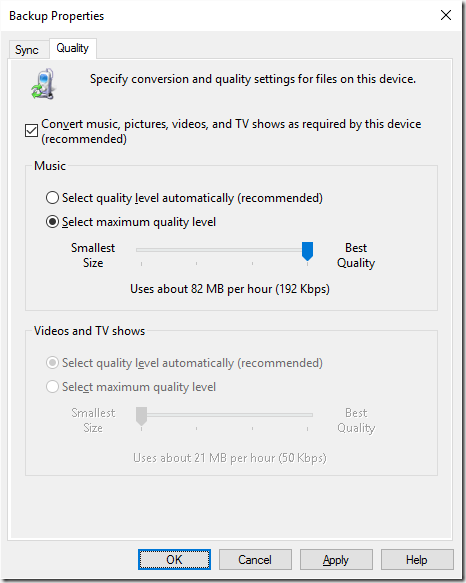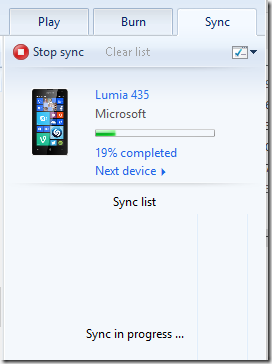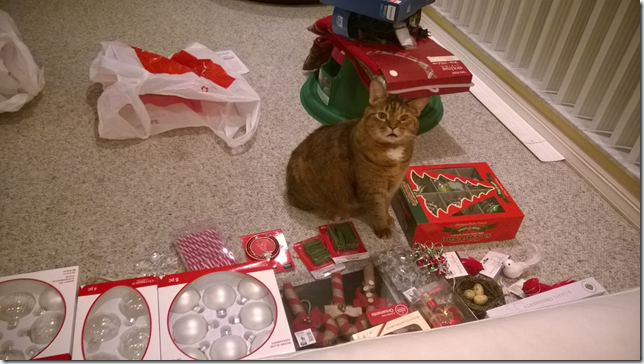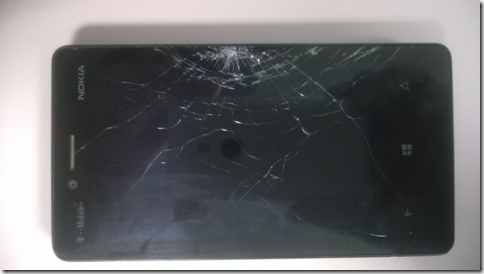One of the bigger time-sucks in my life is the image sharing community, imgur. Recently, there has been a growing dissatisfaction with the method in which imgur handles advertisements. I honestly can’t remember what it was like before the latest implementation, which I guess is a pretty good endorsement for “the old way.” But the new way is certainly ruffling a lot of feathers.
Imgur has chosen to go the route of “Native Advertisements” in which ads look like normal content. It’s a dangerous game because it risks having your users feel deceived once they realize they were just fed an advertisement and didn’t realize it. Imgur has worked harder to make ads more identifiable while at the same time, tried to make the ad look more like regular content. It’s not working out too well.

I understand the need for advertisements from all three sides of the fence: the seller, the advertising host, and the consumer. Each party has priorities that can hinder the effectiveness of advertising. Understanding these needs and balancing them can make advertising better for everyone. Come to think of it, there are actually only two sides of the fence: seller and consumer. The host is the fence.
The seller has a product or service that they need to sell in order to stay in business. With the assumption that the business is legitimate and their intentions are noble – that they really believe in their offering – there shouldn’t be any problem with seeing their advertising and hearing their sales pitch. The problem is, the product may not be applicable for everyone, like selling cattle fencing to a wall street banker. But – and this is a valid argument for the seller – that banker may know a rancher and may comment to them that they saw an interesting product recently. That’s what ads are supposed to do, inform.
Now, the seller can be blinded by this natural benefit and may insist on everyone seeing their ads as many times as possible, because people have naturally short memories (“I saw this thing; no idea who made it or what it was called…”). This results in fatigue and resentment for the consumer.
The advertising host has a bunch of potential consumers to whom advertisements can be shown. In return, the host gets paid by the seller. This helps pay the bills so the host can continue business. The host has competing objectives: to keep the consumers happy and to keep the sellers happy. Being in this position is not easy because pleasing one too much will upset the other.
The consumer, when visiting a host, gets served ads from a seller. If they are shown too many ads or unusable ads, they will rebel against the host and maybe the seller. I do believe that if an ad is relevant and presented in the correct manner, the consumer will not be offended. If the ad can’t inform or educate, at least it should entertain. Later ads on Imgur, from Old Spice and Ebay proved this to be true.
So, with the early uprising at imgur about ineffective advertisements, I thought I’d spend a few brain cycles on how I would implement an advertising mechanism into a website. The primary thing I would want to ensure is that my users had a level of control without being able to completely eliminate advertisement. That’s the balance every advertising host must maintain.
I came up with the following design. It’s greatly simplified to just illustrate some talking points.
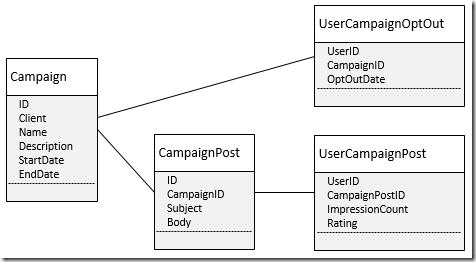
The Campaigns and CampaignPosts are structures for ads and a means to group them. For example, on imgur, there were ads for the upcoming movie Ted 2 (which were universally hated). I’ve seen at least 3 different ads. So the Campaign would be “Ted 2 Movie” and there would be 3 or more CampaignPosts under it.
Now, how does the user have control over this? There are two ways: at the post level and at the campaign level. When an ad is shown, the ImpressionCount of the UserCampaignPosts is incremented. Imgur has voting arrows, so the downvote arrow would operate like my hypothetical website’s “Do not show again” button. This would set a negative rating for the CampaignPost and it would not be shown to the user again.
The great part of this design is the advertising dashboard for the user to allow them to disable entire campaigns. Why would you let a user do that? Well, there are some things that people are opposed to on principle and it is futile to convince them otherwise. In fact, displaying more ads to them would hurt your cause. Just think of pro-life/pro-choice ads, or anything political, or Mac/PC.
On this advertising dashboard, a user would see all the active campaigns for the website and could opt out of them. The CampaignPosts within each Campaign would not be shown to that user anymore. Sounds really simple. But! An advertiser has paid for these ads to be seen and as the host, you need to show them. If it was just as easy as unchecking all the checkboxes, no one (who was registered on the website) would ever see any ads.
So, in order to opt out of a Campaign, all of the CampaignPosts need to have an ImpressionCount greater than zero. That means a user has to see every ad for a campaign at least once. Is that fair? I think it is. I envision it being similar to this conversation:
Seller: “Eat at Joes, please.”
Consumer: “No.”
Seller: “Joe’s has good food.”
Consumer: “I do not eat at Joe’s and never will.”
Seller: “Ok, just hear me out and I won’t bug you anymore.”
Consumer: “Fine, go ahead.”
Seller: “Joe’s has healthy lunch options.”
Seller: “Joe’s is open late on weekends for after-party recharging.”
Seller: “Joe’s is also active in the community, sponsoring children’s sports programs.”
Seller: “That’s all I got. Thanks for listening.”
Consumer: “Still not convinced. No thank you.”
The seller gets all the views and the consumer, even if they just pass over them and don’t pay attention, still gave an effort. So to mimic that sort of offer to opt out of future ads by viewing all current ads in one batch, that same functionality would be in the dashboard – to view all ads for a campaign. And they would remain there just in case a consumer had a partial memory of one and wanted to get more info for someone else. But, once all the current ads are shown, the option to opt out would be enabled. Once the Campaign is opted-out, future ads won’t be shown.
If you’re thinking ahead or you’ve got a scheming mindset like I do, you might wonder why a seller wouldn’t just launch a bunch of campaigns with one ad each, so consumers would constantly have to visit the dashboard to opt out of each campaign. That onus is on the host and it’s managed very easily – via cost. Campaigns should cost more to start up, but adding more ads to an existing campaign is more cost-effective. Or maybe it’s a sliding scale that the more active campaigns you have going, the more it costs. In that way, the host protects its users and can balance risk vs. reward.
The host also gets the benefit of an incentive for people to register for the website. Registering would give a user the ability to manage the advertisements. Non-logged-in users would get ads from all active campaigns.
In this case, everyone compromises and everyone gets some benefits. The seller can’t spam the consumers if they choose to opt out, but they do get the opportunity to “speak their piece” in its entirety at least once. The host may not get as much money (if they are paid per impression), but they will have a happier user base. The consumer has the opportunity to control what ads they want to see, but in order to block a campaign, they have to see all the ads in it first.
It’s not all bad for the consumer. I can imagine there could be some compelling ads, or some from a company they respect that the consumer may choose to keep active. The host’s logic needs to be dynamic enough to not show the same ads over and over and to possibly reduce the number of ads to the most engaged users. Maybe try to hit a target number of impressions per week per user. Once a user is nearing that number, back off on the ads.
A lot of times, I find that my ideas are too altruistic and give people the benefit of the doubt too much. Fortunately, my default is not to be jaded and cynical, despite the number of posts in the Rant category. The problem with dealing with people is that compromise is always a last resort. So this idea would probably never be accepted because no one wins.
